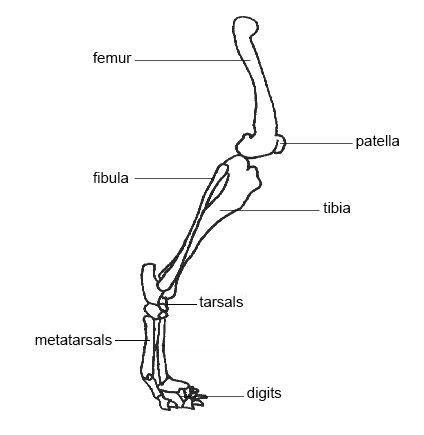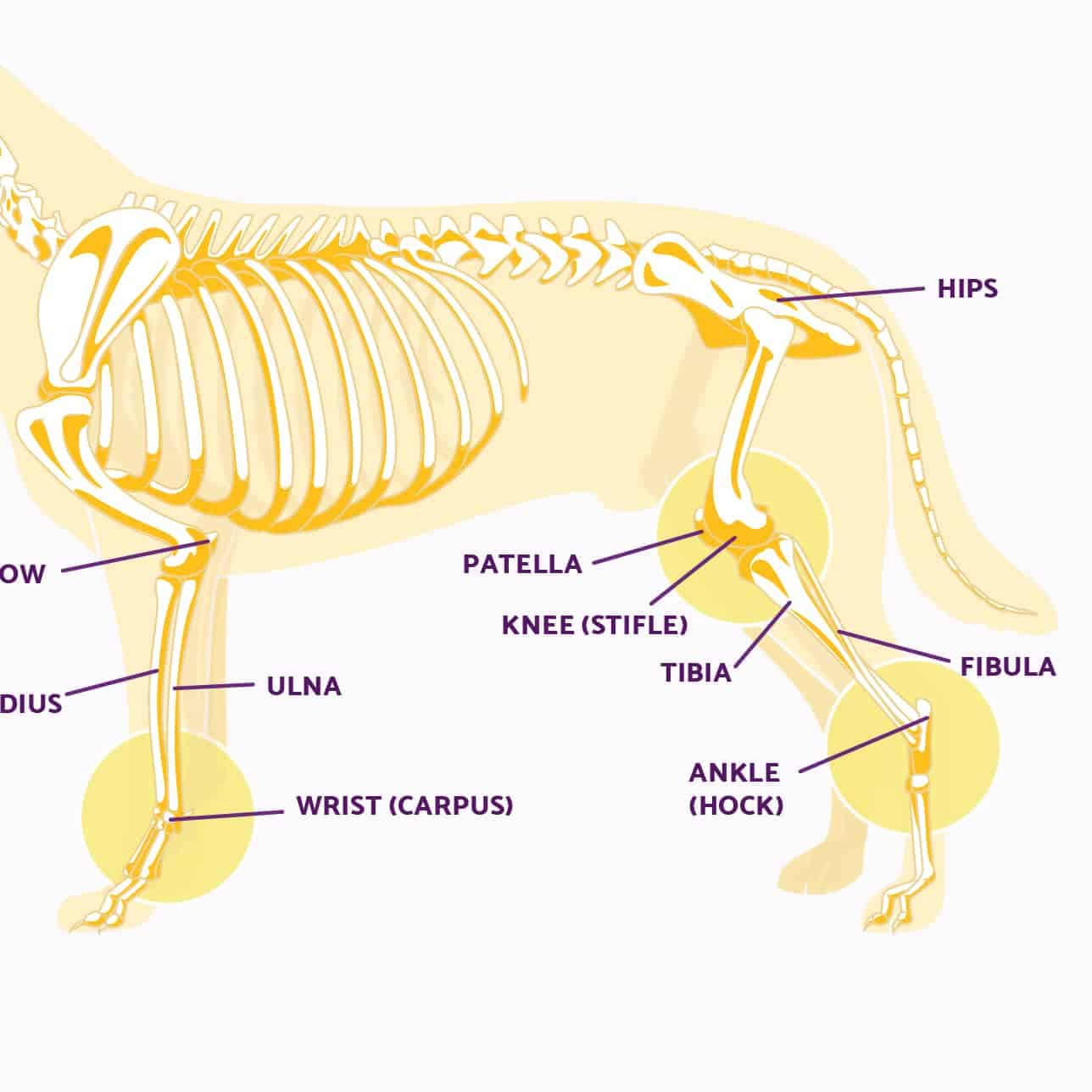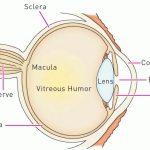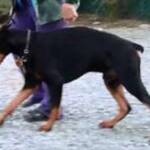Patella luxation, or knee dislocation, is all too common in smaller breed dogs and can range in severity from a knee that can be luxated (dislocated) only in when extreme stress in placed on the knee (and that it quickly returns into position to a patella (knee) that is permanently luxated toward the center of the dog’s body, which we call medial.

for patella luxation
One of the causes of patella luxation is an abnormal shape of the bottom end of the femur (see image below), resulting in a shallow groove that the knee cap (patella) normally sits in.
The other major cause is a displacement of the quadriceps tendon’s attachment to the tibia, so that the patella is displaced toward the medial aspect of the body when the quadriceps muscle is flexed.

The tendency to slip or dislocate to the medial side causes a temporary lameness, at least until the patella returns to its normal position, if it is able to.
The extent of patella luxation increases with time as the femur’s shallow groove becomes shallower and shallower, as increased bowing of the leg takes place, and as the structures of the stifle joint weaken. Continued deformity of the joint results in degenerative joint disease, pain, and decreased mobility. This condition can be genetic, and is often found in small toy breed dogs, but not all cases are.
Small breeds have a higher incidence than others. Breeds known to have this condition include: Affenpinscher, Brussels griffon, Chihuahua, English toy spaniel, Greyhound, Japanese spaniel, Maltese, Manchester terrier, Miniature pinscher, Papillon, Pekingese, Pomeranian, Poodle, Pug, Shih tzu, Silky terrier, and Yorkshire terrier.

Patellar luxation is a common condition. Four grades of dislocation are recognized:
Grade 1: The patella luxates with manual pressure and returns spontaneously.
Grade 2: The patella luxates with flexion and extension of the joint, but returns to the trochlear groove spontaneously. Some lameness may be present.
Grade 3: The patella luxates with flexion and extension of the joint, but can be reduced manually, but normally is luxated. Considerable lameness exists.
Grade 4: The patella is permanently luxated to the medial side. The limb or limbs are unable to extend and the animal walks balancing its weight on the forelimbs.
Treatment in mild cases may include exercise restriction, non-steroidal anti-inflammatories (NSAIDs), polysulfated glycosaminoglycans, glucosamine/chondroitin sulfate (Cosequin/Dasequin), and weight reduction in obese dogs.
The addition of surgery to the treatment regimen is usually indicated in severe cases, but it may benefit mild cases as well before they progress.


